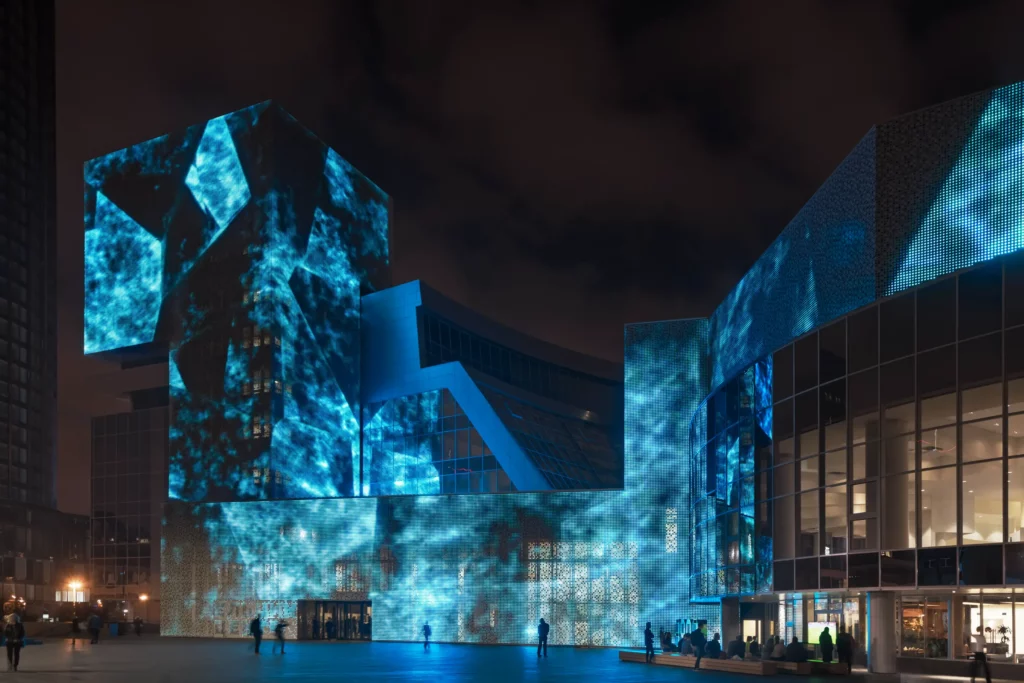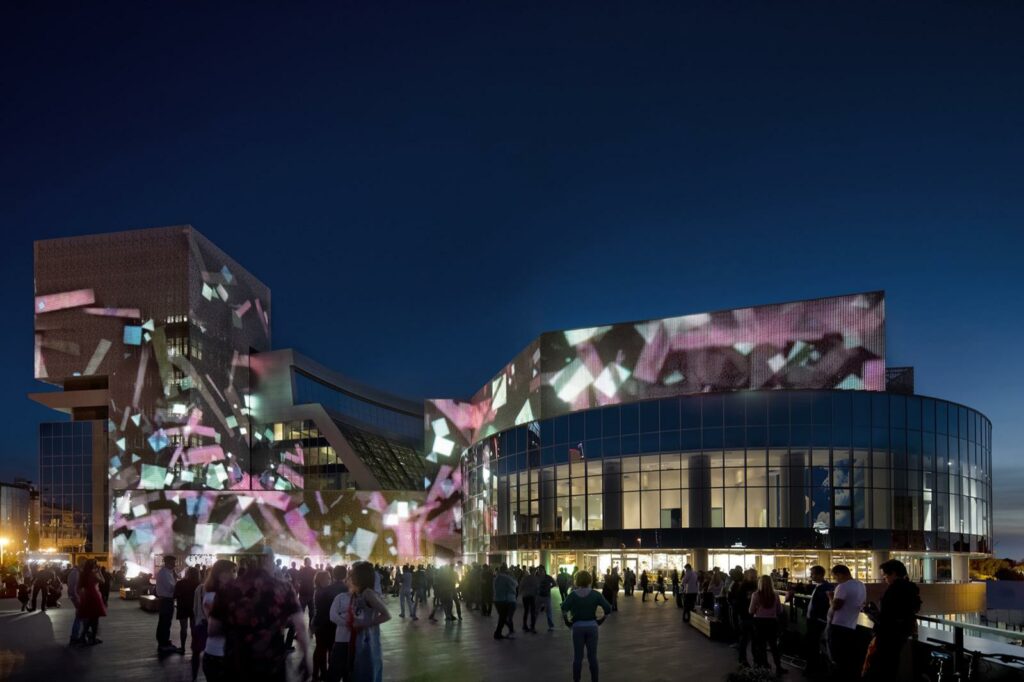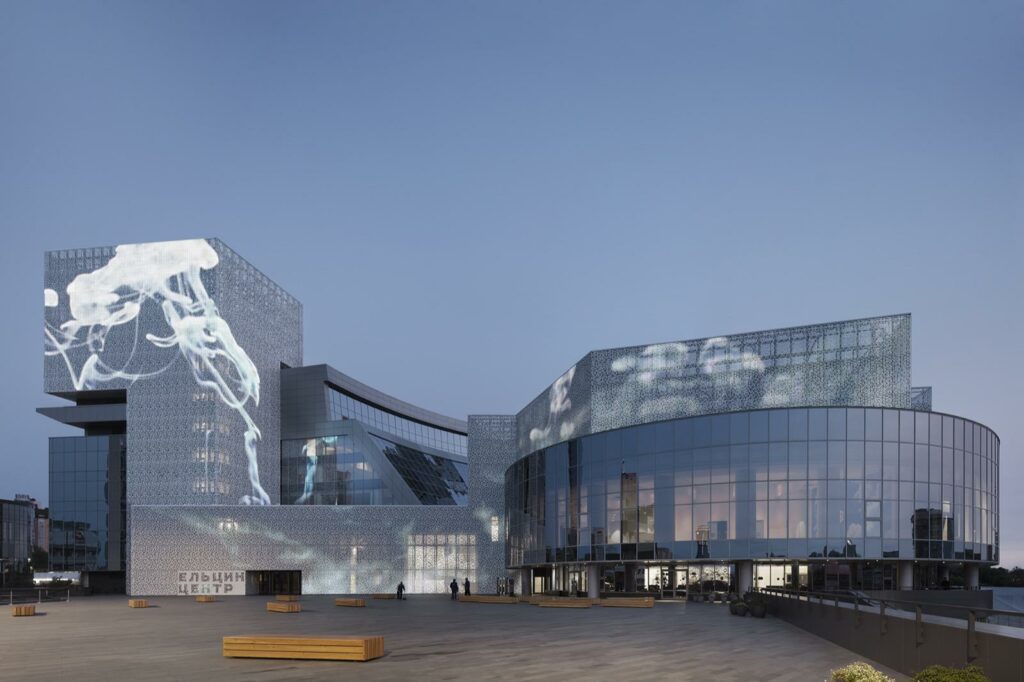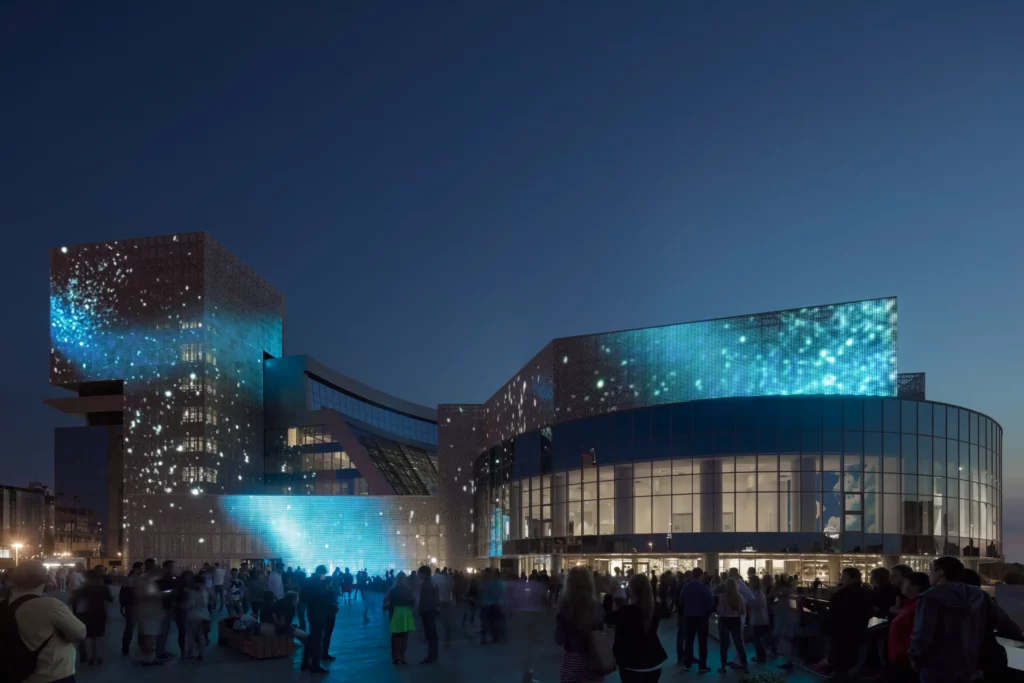
- back
Yeltsin Predidental Center, Ekaterinburg
ARCHITECTURE
Boris Bernaskoni
CUSTOMER
Yeltsin Foundation
INTERIOR DESIGN
RAA Architects, Ralph Appelbaum
LOCATION
Ekaterinburg, Russia
STATUS
Realized 2017
- 2017 / SEGD Global Design Award Merit Award
- 2017 / German Lighting Design Award - Nominated
- 2017 / IES Award Merit Award
- 2018 / German Lighting Design Award - International Project
- 2018 / German Design Award - Lighting Design
- 2018 / Codega - Lighting Award

By loading the video, you agree to Vimeo's privacy policy.
Learn more
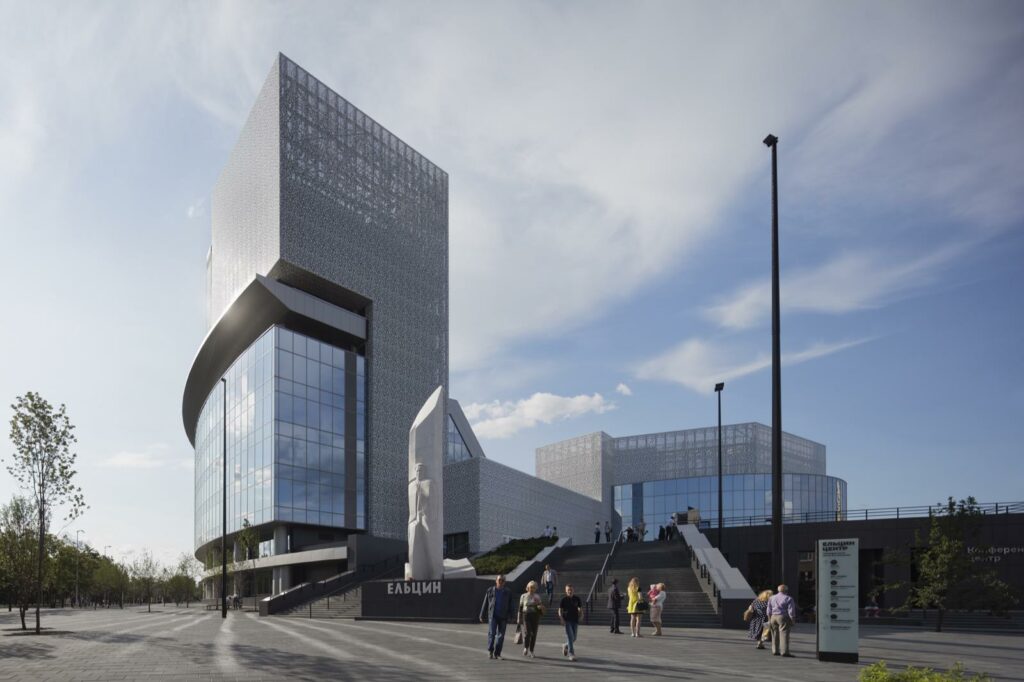
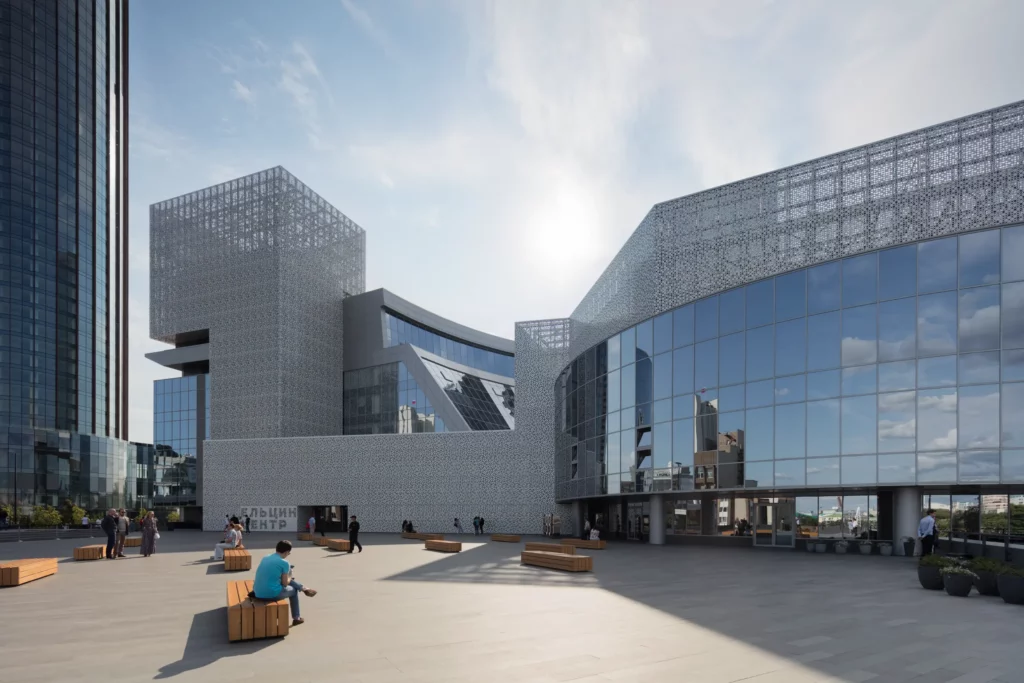

It was the two principles of openness and freedom that Boris Yeltsin wanted to consolidate in Russian society. All our ideas are based on these principles and this is how the concept of a living facade skin came about. A new place has been created for interaction between the museum’s visitors and the media facade.
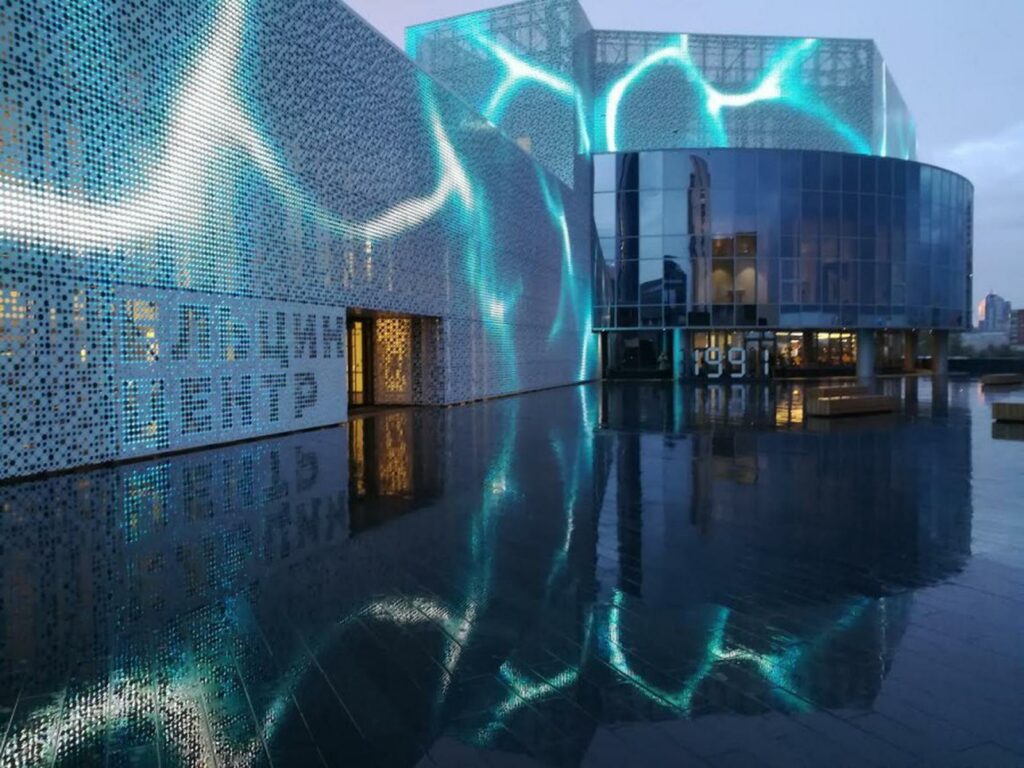
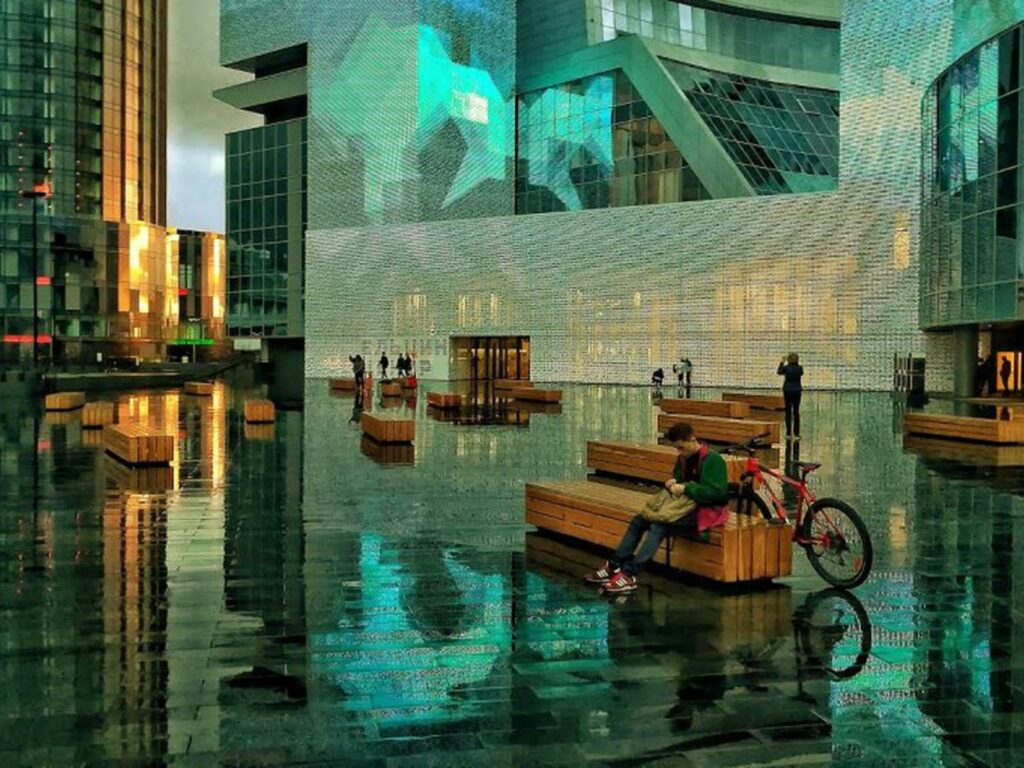
Five overarching themes form the basis of all the productions: Architecture, nature, urban space, culture and art. In the thematic field of culture and art, regional motifs of local, ancient embroidery art and ornamentation are interpreted, and pictures of the world-famous Russian artists Kazimir Malevich and Lyubov Popova are spatially staged.
A wooden model of the building complex on a scale of 1:20 was used to check all image content in advance of a playback onto the original building. For this purpose, the model made of MDF was perforated with approx. 120,000 computer-lasered holes so that a powerful video projector could be used from behind.
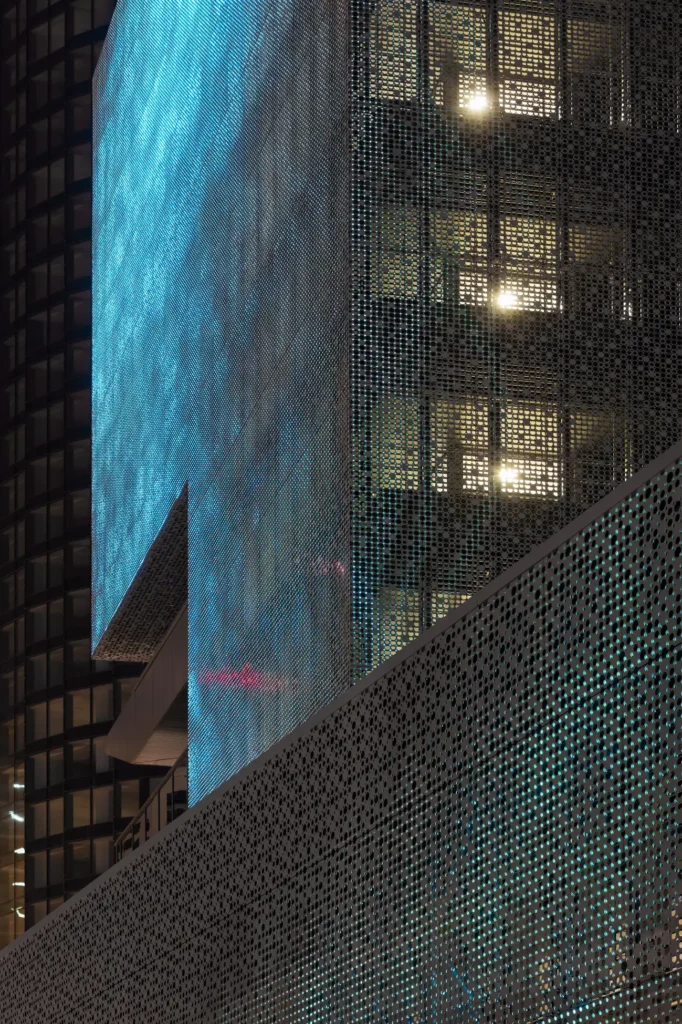
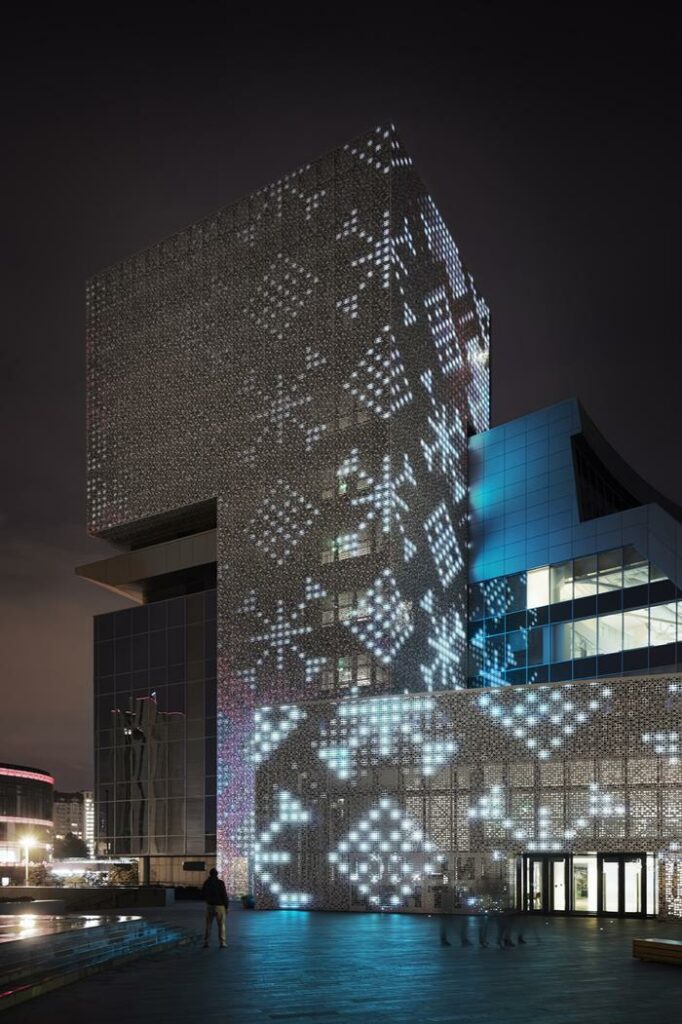
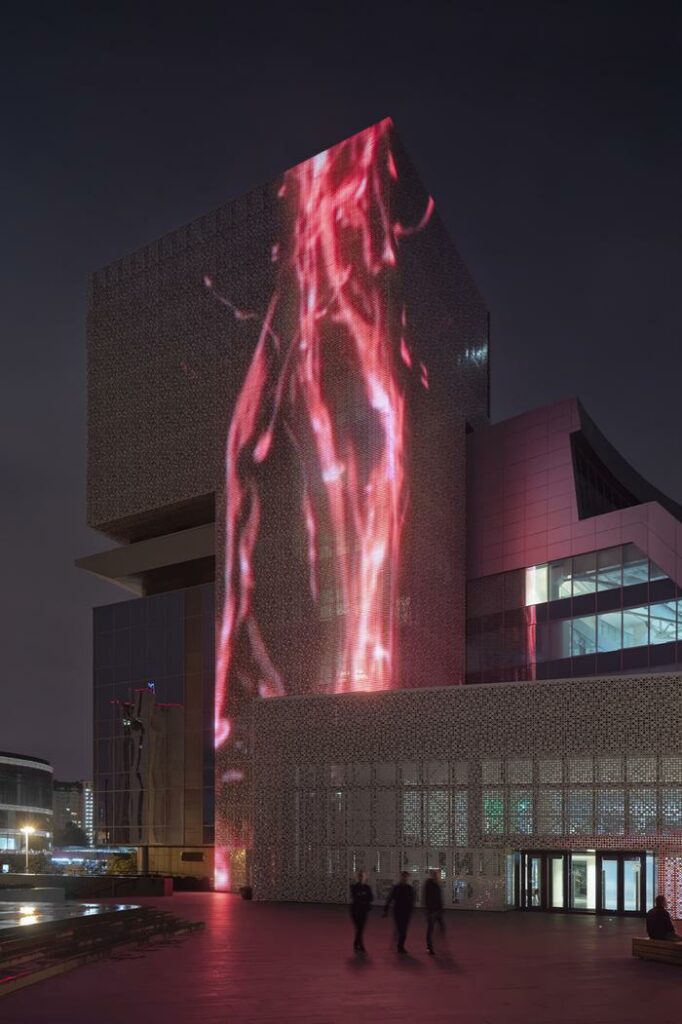
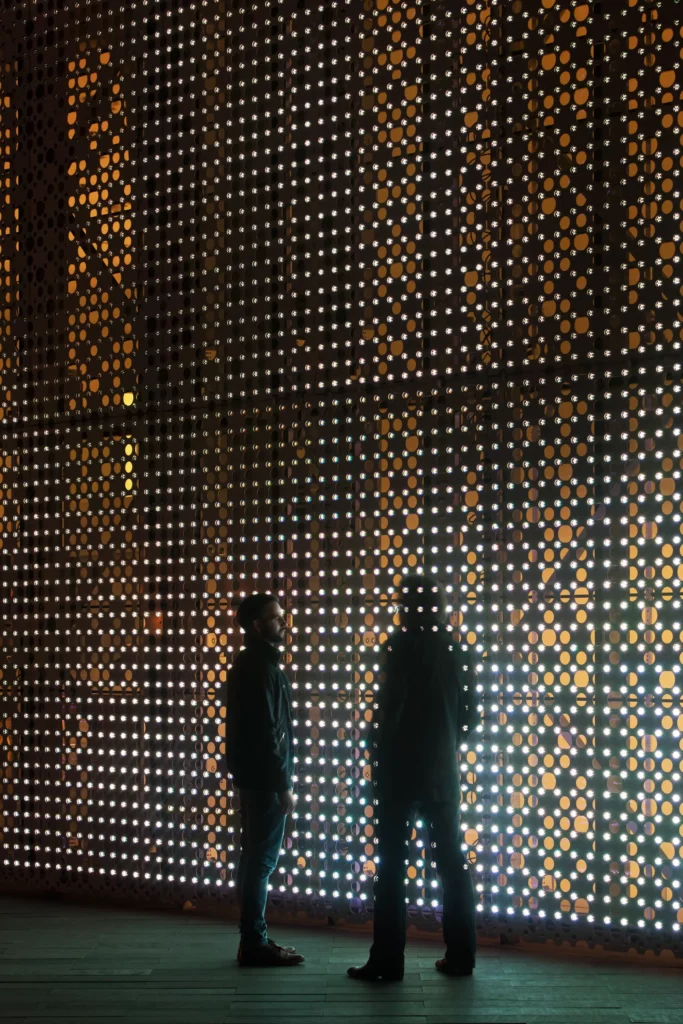
In cooperation with the architect Boris Bernaskoni, the perforated façade skin was further developed so that the complete media technology could be kept almost invisible behind the perforated façade.

The facade covers approx. 2,500 m2 and is completely covered with video-compatible LED RGB pixels in a pixel pitch of 100 by 100mm. The complete facade is made in the quality of a high-quality video wall, such as the video wall in a soccer stadium.
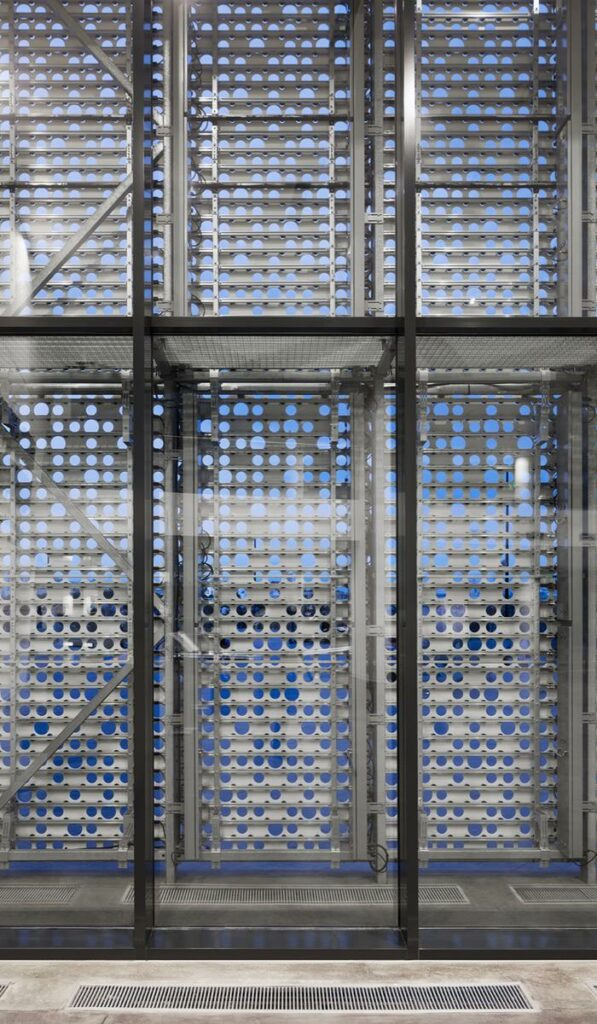
All pixels/video pixels are integrated in horizontally mounted IP67 aluminum profiles and mounted via a substructure with a distance of 5 mm to the upstream facade sheet.
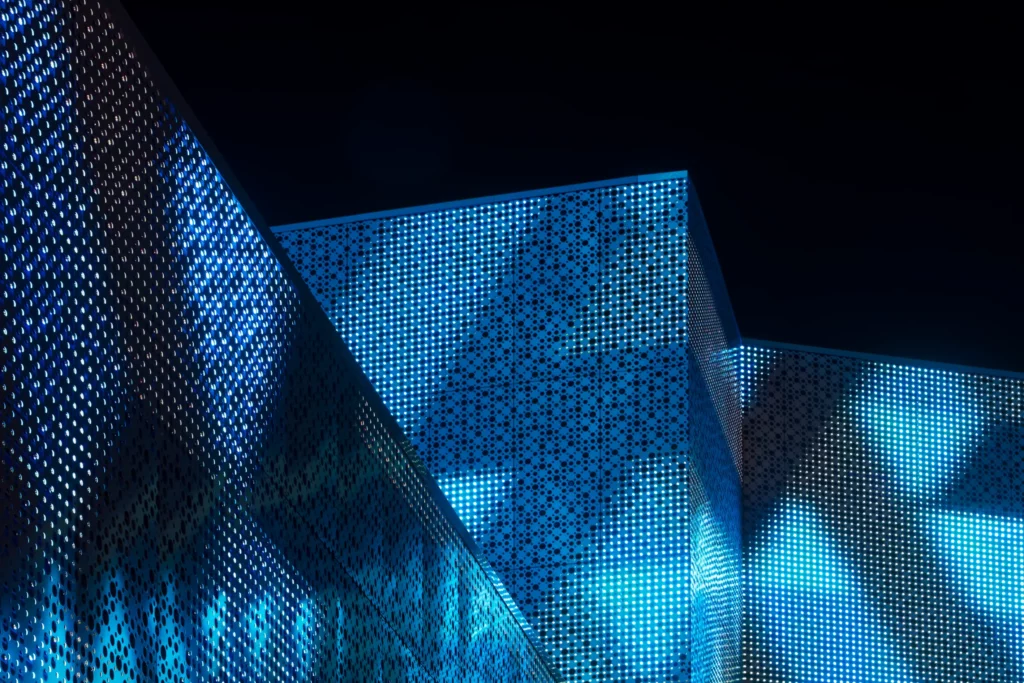
The basic idea was to give the inhabitants of Yekaterinburg something that belongs to them and with which they can identify. We deliberately explored themes from their world and their culture. We wanted to relate them directly or indirectly to the media facade.
